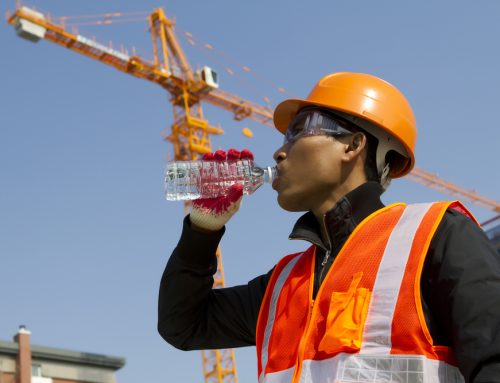If you are going to be working around potentially dangerous or toxic chemicals, debris, and particulate matter, you are going to need to take advantage of proper protective respiratory equipment that is fitted to you specifically.
The overall performance of this equipment is going to depend entirely on the tight fit and seal that it provides you, which is why moving forward with fit testing is so essential. To help better explain and illustrate this point, we’ve included a bit of inside information for you to consider below.
Breaking Down Protective Respiratory Equipment Options
The overwhelming majority of people that have even the slightest potential to be exposed to dangerous particulate matter, potentially toxic gases or vapours, or any other contaminant products are going to be required to wear protective respiratory equipment.
Depending upon your specific job or your level of exposure to this can range between tight fitting half face masks, filtering facepieces or full on hazmat style suits that protect you from most anything and everything that you may be exposed to. This is especially relevant for workers in the oil and gas, petroleum and petrochemical, power generation, and pipeline industries in Alberta.
Here’s What These Pieces of Equipment Protect Against
The overwhelming majority of protective respiratory pieces of equipment you’re going to find today have been designed to exacting Oil Sands Safety Association (OSSA) standards. They must protect against particulate matter, toxic gases and vapours, asbestos, pesticides, and a variety of other chemicals and toxins that you may come across during your work.
Most of the equipment that you will be required to wear will be built for filtering out the agents that you are going to be exposed to, so you’ll want to be sure that they have the necessary ratings to keep you safe and sound going forward.
If at any point you feel as though the fit of your equipment is inadequate you need to make sure that you remove yourself from the area of exposure and quickly move through a qualitative check. You’ll also want to double verify that your equipment is functioning properly before you reenter the exposure area, and it’s not a bad idea to have a supervisor give you the green light to move forward as well.
Here’s Why You Want to Take Advantage of Fit Testing
A quantitative fit test is essential when you are looking to take advantage of these pieces of equipment. Metalcare offers respiratory fit testing using the TSI PortaCount®, a state-of-the-art instrument for measuring leakage quantitatively. Rather than relying on your sense of smell, the PortaCount® provides an accurate, real-time picture of leakage while you breathe, move, and talk just like you would in the field.
In addition to quantitative testing, our experienced instructors will show you how to put on and remove the respirator, perform seal checks, and you’ll learn maintenance techniques for N, R, and P-Series respirators, half respirators, and full-face respirators.
Contact Metalcare to sign up for an upcoming fit testing course in Fort McMurray.





